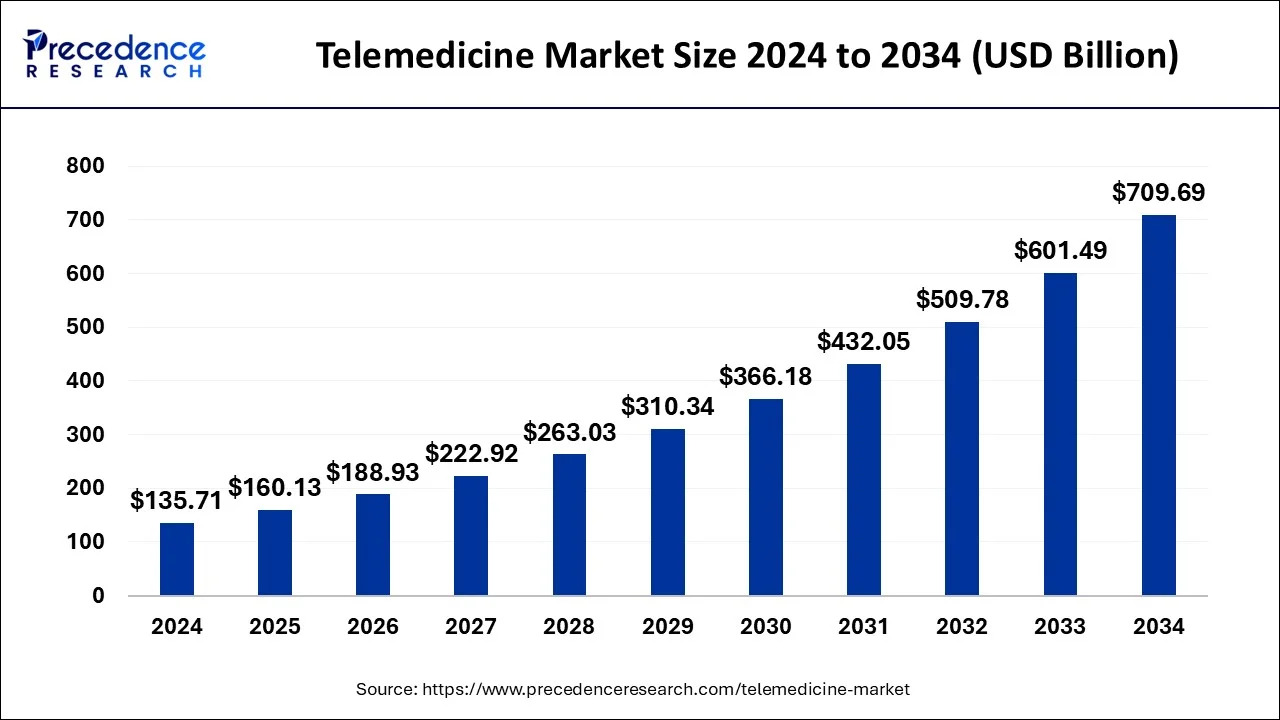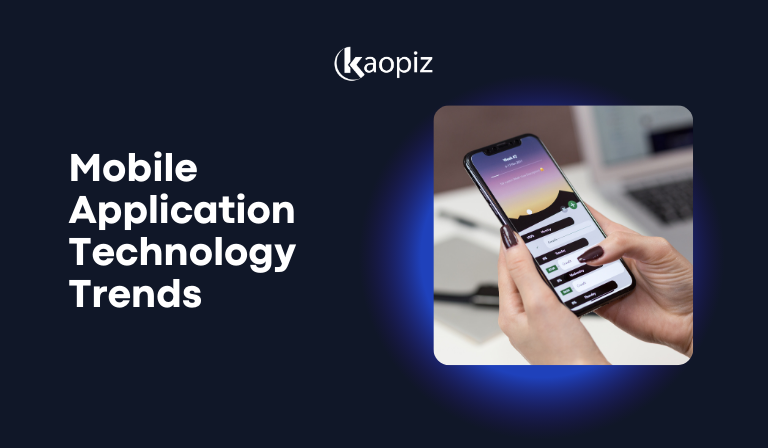Telemedicine App Development in Singapore: Complete Guide, Costs & Trends (2025)
Singapore is rapidly becoming a hub for digital health innovation, with telemedicine at the forefront of its transformation. As patient demand for accessible, on-demand care continues to grow, telemedicine in Singapore is reshaping how healthcare is delivered—offering convenience, speed, and safety through mobile platforms.
In this guide, we explore everything you need to know about telemedicine app development in Singapore—from market trends and must-have features to development costs, and technical challenges. Let’s dive in!
Table of Contents
- Telemedicine App Development Overview
- Benefits of Telemedicine Apps
- Key Types of Telemedicine Apps
- Must-have Features of a Successful Telemedicine App
- How to Build a Telemedicine App: Step-by-Step Guide
- How Much Does It Cost to Develop a Telemedicine App
- Challenges Of Telemedicine App Development
- Why Choose Kaopiz as Your Telemedicine App Development Partner
- Conclusion
- FAQs
Telemedicine App Development Overview
In this section, we provide a comprehensive overview of telemedicine app development, including global and regional market trends, the rise of telehealth solutions, and the growing role of telemedicine in Singapore’s digital healthcare landscape.
Market Overview of Telehealth App Development
Telemedicine—often used interchangeably with telehealth—is the use of digital communication technologies to deliver healthcare remotely.
While the concept existed well before COVID-19, the pandemic dramatically accelerated its adoption as providers were forced to deliver safe, contactless care. Virtual consultations became essential for maintaining continuity of care, particularly for vulnerable populations, and have since evolved into a core component of modern healthcare systems.
The numbers reflect this rapid growth. In 2024, over 116 million users engaged in online doctor consultations globally—more than double the 57 million recorded in 2019. The global telemedicine market was valued at $135.71 billion in 2024, and is projected to grow to $709.69 billion by 2034, expanding at a CAGR of 17.99% from 2025 to 2034.

Several factors are driving this surge:
Current Trends in Telemedicine and Telehealth (2025)
The telehealth industry continues to expand rapidly, driven by global digital transformation, increased patient demand, and evolving healthcare models. Below are the key trends shaping telemedicine and telehealth for 2025 and beyond:
Introduction to Telemedicine in Singapore
Singapore is at the forefront of digital health innovation in Southeast Asia, with telemedicine playing a pivotal role in its healthcare transformation. The COVID-19 pandemic significantly accelerated the adoption of telemedicine services, prompting both public and private sectors to embrace virtual healthcare solutions.
Moreover, government initiatives, such as the Ministry of Health’s regulatory sandbox, have facilitated the rapid deployment and scaling of telehealth services and telemedicine app Singapore.
As of 2024, Singapore’s telemedicine market was valued at approximately $5.06 billion and is projected to reach $14.34 billion by 2030, growing at a CAGR of 18.5% from 2025 to 2030. This growth is driven by factors such as an aging population, increasing prevalence of chronic diseases, and a tech-savvy populace demanding convenient healthcare solutions.

The integration of telemedicine in Singapore’s healthcare system has not only improved access to care but also enhanced efficiency and patient satisfaction. With continued government support and technological advancements, telemedicine is poised to remain a cornerstone of Singapore’s healthcare landscape in the years to come.
Benefits of Telemedicine Apps
Telemedicine apps are revolutionizing how healthcare is delivered, offering convenience, cost efficiency, and expanded access for patients, doctors, and providers.
For Patients
For Doctors and Providers
Key Types of Telemedicine Apps
Telemedicine apps vary in functionality depending on their use case and the stakeholders involved. Below are the main types of telemedicine applications commonly developed today:
| Type of App | Description | Common Use Cases |
|---|---|---|
| Real-Time Consultation Apps | Live video/audio interaction between patients and healthcare providers. | Virtual check-ups, urgent care, psychiatry sessions |
| Remote Patient Monitoring (RPM) Apps | Collect and transmit health data to providers via wearables or devices. | Chronic illness management, post-op care |
| Store-and-Forward Apps | Send medical data (e.g., X-rays) for later review by specialists. | Radiology, dermatology, pathology review |
| Mobile Health (mHealth) Apps | Promote wellness through health education, tracking, and reminders. | Fitness, maternal health, medication reminders |
| Telepsychiatry and Mental Health Apps | Support mental health with therapy sessions and self-help tools. | Anxiety, depression, CBT, counseling |
Must-have Features of a Successful Telemedicine App
A standard app of telemedicine in Singapore typically includes three core components: a patient app, a doctor app, and a centralized admin panel. Together, they ensure seamless interaction, service delivery, and platform management. Below are the essential features to consider for a comprehensive telemedicine app development solution.
Patient-Side Features
To ensure convenience, trust, and usability, patient-facing features should include:
Doctor-Side Features
Designed for efficiency and professional interaction:
Admin and Business-Side Features
Ensure platform scalability, compliance, and management:
How to Build a Telemedicine App: Step-by-Step Guide
Developing a health app—especially for telemedicine in Singapore—demands a strategic and compliant approach to meet regulatory standards, ensure user satisfaction, and deliver robust technical performance. Here are the 5 essential stages in the development process:

- Step 1: Discovery & Planning
This initial phase defines the foundation of your telemedicine solution. It includes setting clear business goals, identifying your target users (patients, doctors, clinics), and analyzing competitors. Regulatory requirements such as HIPAA, PDPA, or GDPR must also be assessed. The output is a detailed product roadmap and feature list.
- Step 2: UI/UX Design
User experience is critical in healthcare apps. At this stage, designers map user journeys for both patients and doctors. Wireframes, mockups, and clickable prototypes are created to visualize how users will interact with the app—from booking an appointment to conducting a video consultation.
- Step 3: Development & Integration
In this phase, telemedicine app developers begin coding the app using your chosen tech stack. Frontend and backend systems are built, and third-party services like video conferencing APIs, payment gateways, and EHR systems are integrated. Agile methodology is often used to iterate quickly and deliver value early.
- Step 4: Testing & Compliance
Quality assurance ensures the app functions as intended across devices and platforms. This phase includes functionality testing, security audits, performance checks, and ensuring compliance with medical regulations. Rigorous testing reduces the risk of errors in real-time patient interactions.
- Step 5: Deployment & Maintenance
Once testing is complete, the app is deployed to app stores or internal systems. Post-launch support includes monitoring performance, fixing bugs, and implementing user feedback. Ongoing updates ensure the app stays secure, scalable, and aligned with evolving industry standards.
How Much Does It Cost to Develop a Telemedicine App
Now, let’s explore the average telemedicine app development cost range in Singapore and around the world, key factors that influence pricing, and practical tips to help you stay within budget without compromising quality. Understanding these elements is essential for effective project planning and investment decisions.
Average Cost Range
Custom telemedicine app development typically ranges from $30,000 to $300,000, depending on several factors, including feature complexity, platform choice (iOS, Android, or both), UI/UX design requirements, integration needs (e.g., EHR, video conferencing, payment gateways), and the development team’s location and expertise.
| App Type | Cost Range | Estimated Time Frame |
|---|---|---|
| Simple App | $30,000 – $70,000 | 2–3 Months |
| Medium Complex App | $70,000 – $100,000 | 3–6 Months |
| Highly Complex App | $100,000 – $300,000 | 9+ Months |
Key Cost Factors
Cost-Saving Tips
Challenges Of Telemedicine App Development
Despite its many advantages, building successful telemedicine app development solutions comes with unique challenges that developers and healthcare providers must navigate:
| Challenge | Description |
|---|---|
| Data Privacy & Compliance | Must meet PDPA, HIPAA, or GDPR standards to protect sensitive patient data. |
| System Integration | Complex to integrate with outdated hospital or EMR systems. |
| User Adoption | Older or non-tech users may struggle; intuitive design is essential. |
| Network Dependency | Poor internet can disrupt real-time video consultations. |
| Clinical Liability | Risk of misdiagnosis without in-person exams; safeguards are needed. |
| Scalability | Must handle growing users and traffic without downtime. |
Why Choose Kaopiz as Your Telemedicine App Development Partner
Choosing the best mobile app development company is crucial to the success of your telemedicine app. At Kaopiz, we combine deep healthcare domain expertise with a strong track record of delivering high-performance telemedicine app development services, serving global clients, including businesses in Singapore.
What Sets Kaopiz Apart
We are committed to quality, security, and long-term support to ensure your app’s success and scalability.
Case Study: Hypertension Management App
A healthcare organization dedicated to chronic disease management partnered with Kaopiz to develop a mobile application aimed at improving treatment outcomes for hypertensive patients. The goal was to create an intuitive, engaging tool that supports at-home blood pressure monitoring and encourages patient adherence.
Challenge: Patients often found traditional blood pressure tracking methods tedious, leading to poor adherence. The client needed a solution that would simplify measurement, visualize trends, and motivate daily use.
Kaopiz Solution: We developed a mobile app that connects directly with blood pressure monitors, displays real-time readings, and provides visual and auditory alerts for abnormal values. To boost engagement, we introduced a gamified, aquarium-themed interface that rewards consistent monitoring.
Results:
Conclusion
From understanding market trends and choosing the right app features to navigating development costs and compliance challenges, this guide equips you with the insights needed to succeed in telemedicine in Singapore.
Moreover, with a trusted telemedicine app development company like Kaopiz, you gain access to deep healthcare expertise, end-to-end development support, and a proven track record in delivering innovative, compliant, and scalable digital health solutions.
Ready to bring your telemedicine app idea to life? Let’s build the future of healthcare—together.
FAQs
The development timeline depends on the app’s complexity and features. A basic telemedicine app may take 2–3 months, while a more advanced solution with integrations and custom features can require 6–9+ months from planning to launch.
Yes. Telemedicine apps can be integrated with Electronic Health Records, Hospital Information Systems, and other third-party services through APIs. This ensures seamless data flow, improves clinical workflows, and enhances continuity of care.
In addition to healthcare, Kaopiz serves clients across fintech, e-commerce, education, logistics, manufacturing, travel & hospitality, and more. We offer custom software development, AI development, cloud services, and IT staff augmentation tailored to each industry’s needs.




















